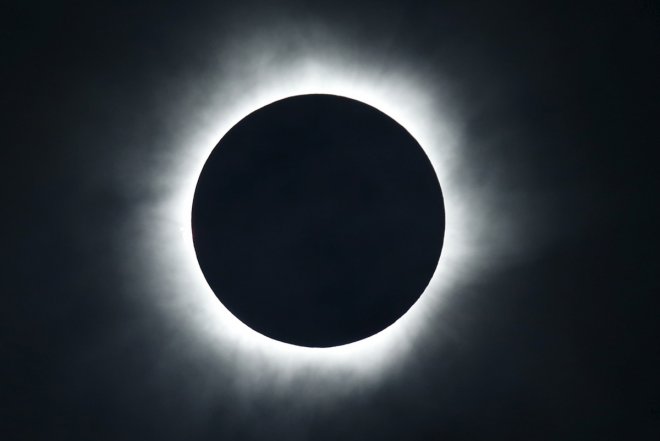
Solar eclipse is not new but this time, it is NASA that is making much ado about the celestial event that would have passed off as another people's event. The US space agency is planning to live-stream the total solar eclipse on August 21 with 50 high altitude balloons.
But more than that, 34 of these balloons will be used to study and collect data that NASA hopes to apply to study the same phenomenon on Mars. It is already pitching the idea to a host of students and space enthusiasts across the country.
Eclipse time: 1:20 PM EDT to 2:50 PM EDT
Totality starts on the Oregon coast at about 1:20 PM EDT
Eclipse ends at 2:50 PM EDT on South Carolina coast
August 21, 2017 to August 21, 2017
The balloons will be released to reach the stratosphere of Earth's atmosphere where radiation is present and the 34 balloons will be exposed to Mars-like conditions with little protection from radiation and cold temperatures. Since these Mars-like conditions will intensify due to lower temperatures during the total solar eclipse, it provides a perfect study opportunity for NASA.
"We believe strongly in making the most of this rare astronomical event, in the realms of the general public, education, and creating meaningful long-lasting partnerships. We also believe strongly in giving the student participants career-making opportunities. We endeavor to use the most cutting edge tools, resources, and communication," said NASA on its website.
Under this project, students will conduct high altitude balloon flights from 30 locations across the June 21 total eclipse path, sending live videos from near space to the NASA website.
"Total solar eclipses are rare and awe-inspiring events. Nobody has ever live-streamed aerial video footage of a total solar eclipse before," said Angela Des Jardins of Montana University. She said the balloons have been fitted with equipment to study the impact of life when the solar eclipse entirely blocks one side of the planet, a phenomenon that occurs on Mars.
More than 11 different projects have been lined up by NASA for the study of total solar eclipse, that is occurring in the US after 1972. On this day, the moon will align perfectly between the sun and Earth, thus blocking the sun's light for the entire US landscape. For those, who miss the event, it will not come again until 2024.









